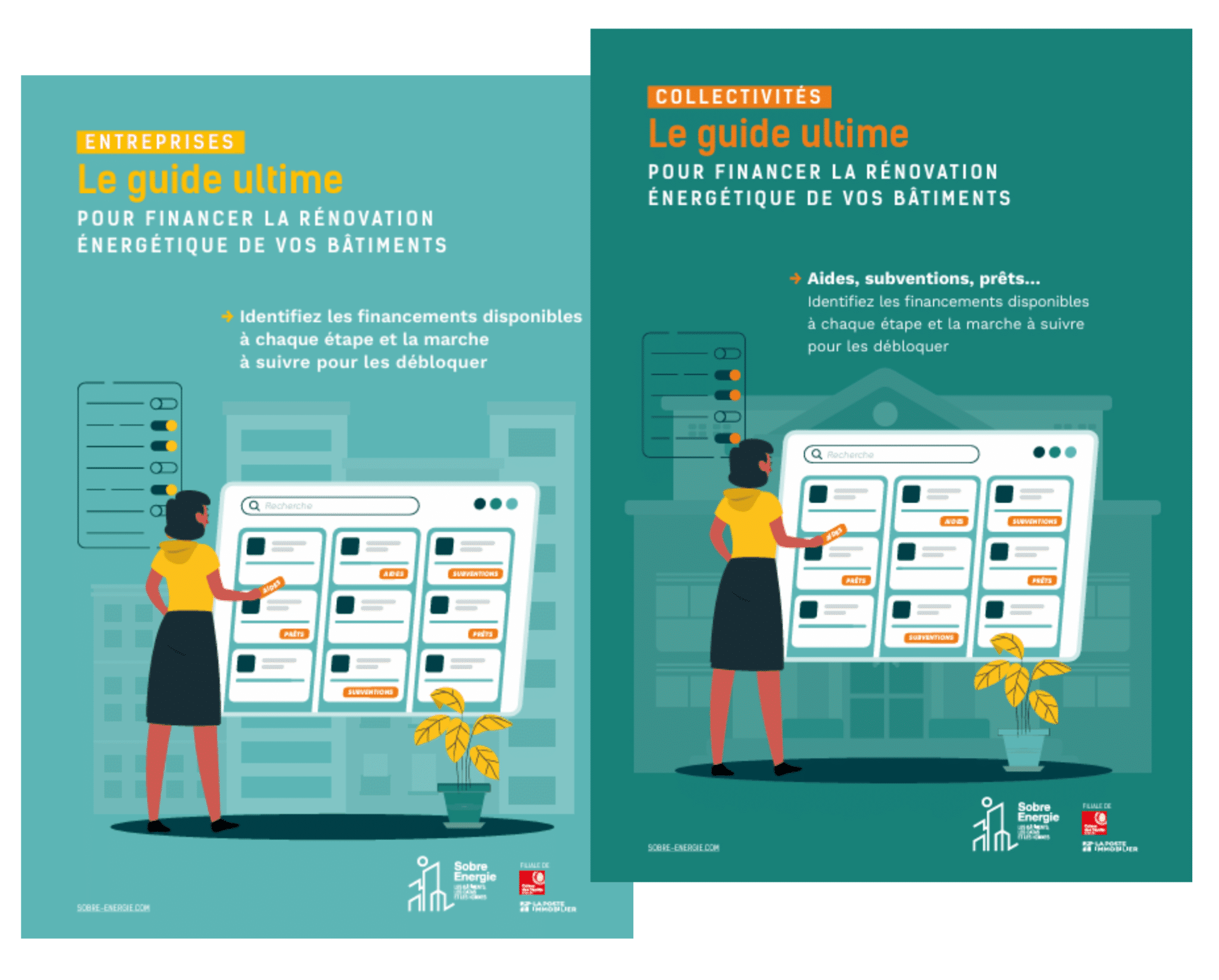Faced with the energy crisis, increasing regulatory obligations (tertiary decree, bins, APER law, etc.) and climatic imperatives, energy sobriety is an essential response. It aims to rethink energy uses to durably reduce consumption, without loss of comfort or systematic recourse to heavy investments.
For tertiary parks managers, this is a real management and transformation strategy. Here are the main levers to activate, highlighted in the recent white paper of the Sustainable Real Estate Observatory (OID).
Technical levers for effective sobriety
The first level of action is based on a fine optimization of technical systems, which can be implemented quickly following an energy audit and at a lower cost:
- Adjusting heating and air conditioning instructions : 19 ° C in winter, 26 ° C for air conditioning; Lowering the heating set temperature from 1 ° C can generate up to 7% saving.
- Horodetting and management of equipment operating beaches (CVC, lighting, ventilation) according to the actual occupation of the premises.
- Differentiated management of spaces : Heating or lighting only the occupied areas, especially in the event of a reduced presence rate.
- Reduction of passive consumption : Extinction of watch, reduction of artificial lighting when natural sunshine allows, etc.
- Use of digital tools for real -time monitoring of consumption: GTB systems or monitoring platforms like sober energy, recommended by IDO as energy management solution.
These actions are part of a logic of sobriety of use , distinct from energy efficiency: they act directly on behavior and operating instructions.
Mobilize occupants: a major behavioral lever
Energy sobriety cannot succeed without user support. Involving occupants is therefore essential to install lasting practices:
- Awareness and training : to disseminate a culture of sobriety (displays, internal campaigns, participatory exchange workshops of the Fresque type).
- Sharing collective objectives : set reduction targets and make them visible (via a shared dashboard, for example).
- Involvement via "green champions" or energy referents in each service.
- Relocate to consumption : give users visibility on their impact and on the savings made, based on solutions like sober energy, which facilitate the communication and visualization of data.
According to the OID, these behavioral actions can generate between 5 % and 15 % energy savings without any technical investment.
Measure, follow and perpetuate the approach
For a sobriety policy to be an anchored permanently, it must be measured , controlled and reassembled continuously. This implies:
- The implementation of energy performance indicators : kWh/m², weekly or monthly developments, analyzes by use (heating, lighting, etc.).
- The structuring of action plans by site or by building typology, with regular reviews of the results.
- The integration of sobriety into the governance of the company (via charters, CSR commitments, specific budgets).
- The adoption of an energy management system, such as the Sobre Energy platform, which allows you to centralize the data, follow the objectives, and support energy managers in the analysis and animation of sobriety.
Conclusion
Energy sobriety in the tertiary sector should no longer be perceived as a cyclical effort but rather as a new standard for building buildings. By combining technical levers, commitment of users and equipped piloting, organizations can achieve significant reductions in their consumption, while improving their resilience and their carbon footprint.
The challenge is now to institutionalize these practices, so that they become a shared reflex at all levels of the organization.
